When Hurricane Otis hit Acapulco on the Pacific coast of Mexico on 25 October 2023, it had developed much more quickly and taken a different course than predicted. It damaged an area covering nearly 700 hectares, home to around 560,000 people (see go.nature.com/499dwgy). A preliminary assessment suggests that reconstruction could cost between US$14 billion and $21 billion (see go.nature.com/3pkbvav).
The hurricane’s impact exposed a lack of readiness from the Mexican government’s National Civil Protection System, local authorities, emergency response agencies and the private sector (particularly the tourism industry); this lack of preparedness affected a large part of the local population.
It also laid bare the structural and socio-economic vulnerabilities that prevail in the country. Years of uneven development and territorial planning have led to the formation of settlements that are particularly at risk from natural hazards and in which the poorest communities are systematically the most vulnerable. As extreme weather events increase in frequency and intensity, so does the need for communities to be better prepared — and better repaired.
Disaster early-warning systems are ‘doomed to fail’ — only collective action can plug the gaps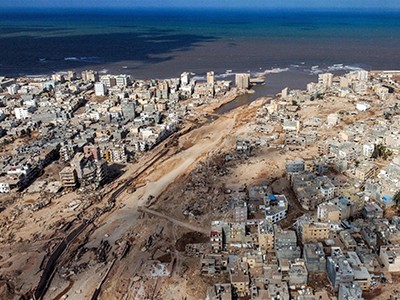
In 2023, we and others founded the Mexican Network of Scientists for Climate (REDCiC, for its acronym in Spanish) to build bridges between those working on climate issues from different perspectives. This includes scientists and postgraduate students from the country at Mexican and international public and private research institutions, as well as journalists and outreach professionals. The network currently comprises around 100 members, and is likely to double in size in a couple of years. By organizing activities such as conferences and workshops, REDCiC facilitates scientific exchange and knowledge sharing, and seeks to ensure that climate adaptation and mitigation policies are rooted in robust data and analyses. For example, a workshop on Hurricane Otis led to a collaboration with the Mexican federal government’s National Council of Humanities, Sciences and Technologies (Conahcyt). And through public campaigns, media exposure, outreach and education, REDCiC engages the public in climate actions and highlights the role of citizen science, local practices and Indigenous Knowledge in addressing current and future environmental challenges.
Grounded in this interdisciplinary perspective, here we set out three priorities for scientists and policymakers to tackle climate-driven hazards and help reduce vulnerability.
Invest in modelling and forecasting
Disasters fuelled by the climate crisis are on the rise globally. In 2023 alone, record-breaking floods hit multiple countries, including the United States (see go.nature.com/3psmtaj), India and several Mediterranean nations. According to the international disaster database EM-DAT, there were prominent episodes of intense droughts (go.nature.com/496q8uj), heatwaves1 and wildfires2 across the Northern Hemisphere, including in Canada, the United States and Mexico. It is essential that models and practices reflect current climate trends as accurately as possible.
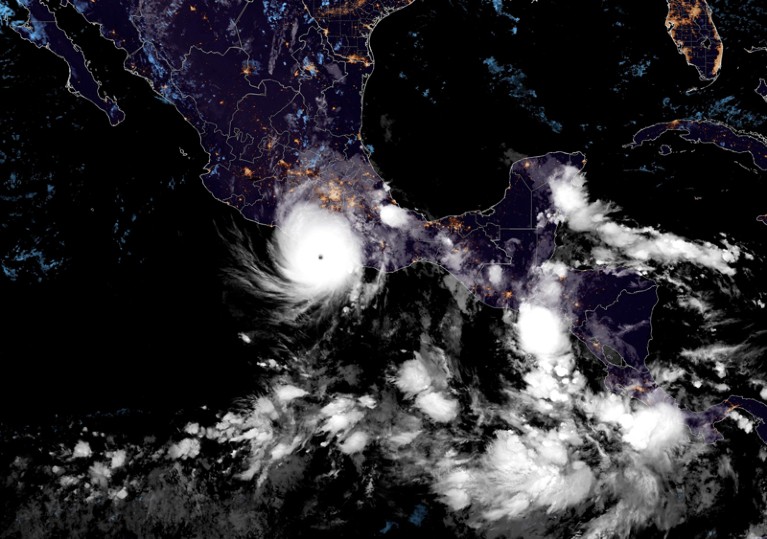
A satellite image of the category 5 Hurricane Otis over the west coast of Mexico.Credit: GOES-East/NOAA/Alamy
Why did state-of-the-art models fail to forecast that Otis would reach the maximum intensity (a category 5 hurricane), rather than remain a tropical storm? Thorough analyses are required, but it seems to have stemmed partly from its rapid development in the East Pacific region, where data-collection points are sparse. The limited availability of ocean buoys, land observations, radars and hurricane hunters along the west coast of Mexico places heavy reliance on satellite imagery for forecasting, which, along with the aggravating nature of climate impacts, can lead to less-accurate forecasts.
Flash floods: why are more of them devastating the world’s driest regions?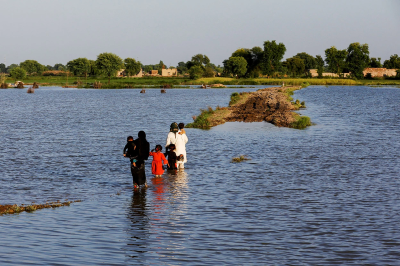
Governments and funding agencies must invest in better infrastructure and instrumentation, along with more research into weather events. Many phenomena — including how hurricanes intensify3 — are complex and not well understood. They remain difficult to predict despite considerable advances in meteorological modelling and forecasting in recent decades4.
An overhaul of what is considered expertise is also required — Indigenous Knowledge and local and traditional practices have typically been dismissed, but can help to improve information quality and data availability for modelling and forecasting5. This is especially crucial for a country such as Mexico, where a large proportion of lands (including at least 60% of forests and tropical rainforests) are managed by Indigenous and local communities.
Build resilience in vulnerable communities
The effects of Hurricane Otis also underscore the need to improve early-warning systems — which is itself contingent on accurate forecasts. Because disaster preparation becomes difficult once winds reach tropical storm force (sustained surface winds of 63–117 kilometres per hour), alerts should be issued between 36 and 48 hours before the predicted impact. This is in line with the United Nations’ Early Warnings for All initiative, which aims to ensure everyone is protected from natural hazards by 2027.
To protect populations effectively, communication must be rapid and seamless between stages, from data collection and forecasting to the spread of disaster-risk knowledge and warnings to communities that are likely to be affected.
Moreover, the response capacity of a community comes into play. This aspect is relatively subjective and, in a sense, is not just a policy issue but a political one, because it involves defining what is meaningful, desirable and a priority. Power dynamics at local and national levels have long led to the marginalization of Indigenous Peoples and local communities, which means that such groups have historically been excluded from decision-making processes.
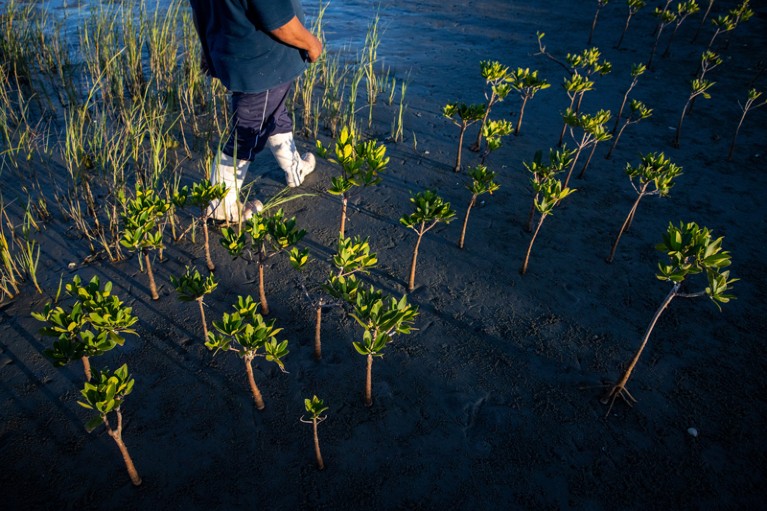
Mangrove saplings planted by a community reforestation project in El Delgadito, Mexico.Credit: Gemina Garland-Lewis
In making landfall in and around Acapulco, Otis hit an area known for its long-standing stark inequalities and vulnerabilities, and its lack of inclusive mechanisms for planning, coordinating and implementing risk strategies. Farther inland, the government of Mexico City has announced the development of ‘community brigades’ to address these issues. Groups of trained volunteers help to lead disaster-risk prevention and responses in their communities, although the project is still in the developmental phase.
With the arrival of El Niño, prepare for stronger marine heatwaves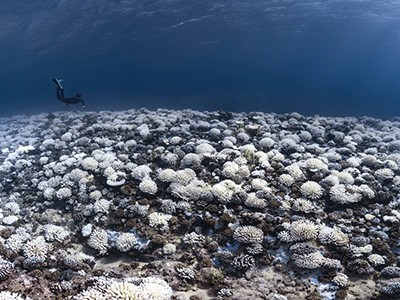
As well as being disproportionately affected by the effects of climate change, low- and middle-income countries often encounter significant barriers to implementing long-term climate strategies. Although international climate justice and loss-and-damage mechanisms are crucial, so are ambitious national and regional actions. A robust adaptation framework involves reshaping urban and rural development strategies, re-evaluating building codes and construction practices for efficiency, circularity and resilience, and reconceptualizing reconstruction efforts to incorporate ecosystemic, social and cultural diversity. This can succeed only if the framework is put in place by local and national governments working with local communities, because it is not enough to just swiftly and pragmatically disburse loss-and-damage funding. Local needs, challenges and priorities need to be considered.
Historically, low- and middle-income countries have been assigned the role of resource providers. These prevailing dynamics of global production, consumption and trade must be re-evaluated. Each country must assess the extent to which it can decouple resource extraction from economic growth, by reducing reliance on linear models of production and consumption, and improving resource efficiency and circularity. Similarly, nations must explore strategies to decouple economic growth from overall prosperity and quality of life. This includes a re-evaluation of the significance of private, public and social property, which can play a key part in resource demand. For example, prioritizing investments in public infrastructure and urban utilities can alleviate resource demand. Rather than promoting private amenities such as swimming pools, which are often an inefficient use of land and resources, emphasis should be placed on public alternatives such as open spaces and public recreational areas.
Work with local communities
In Mexico, investing in and implementing mid- and long-term adaptation policies and plans has proved challenging, even though these have been formulated by the federal government, most of the state governments and a few municipal governments. This is largely because more than one-third of the country’s population lives in poverty, according to CONEVAL (the National Council for the Evaluation of Social Development Policy). Against this background, addressing basic urgent needs within a framework of short-term goals has necessarily been prioritized over future climate adaptation plans, even though this population group is likely to be most affected by long-term climate effects.
Beyond poverty and inadequate basic services and infrastructure, however, climate action is hindered by weak governance, restricted funding, limited human capacity at the local level and a lack of trust and involvement of Indigenous and local communities.
Meet the scientists planning for disasters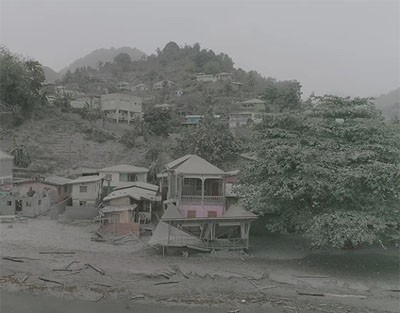
Tools such as risk atlases, territorial and hydrological planning and building standards must be adapted and robustly updated to take climate risks and systemic vulnerabilities into account. For this to happen, it is essential for the scientific community, practitioners, government agencies and, certainly, Indigenous and local communities to reach a consensus on the most suitable criteria, while considering diversity (spatial, social and cultural). A participatory and inclusive consensus should enable development of meaningful metrics to assess vulnerability and evaluate the effectiveness of actions taken.
This type of consensus-building practice led to the successful reforestation of mangroves in the El Vizcaíno Biosphere Reserve in Mexico. The mangroves protect the local coastal community of El Delgadito from hurricanes, storms and floods; provide habitats for fish and shellfish — a key source of livelihood — and serve as carbon dioxide sinks. Since 2017, however, it has been recorded that mangroves have suffered dryness and uprooting, which is attributed to climate change.
In response, in 2019, the local community initiated a reforestation effort in partnership with scientists at Mexican institutions, the US–Mexican non-governmental organization WILDCOAST and the Mexican government’s National Commission of Natural Protected Areas (CONANP). This enabled the reintroduction of more than 60,000 plants in 4 years6. Women and young people of any gender are actively involved in planting, maintenance and monitoring activities. Children are also encouraged to participate, fostering environmental awareness and education in the community.
The REDCiC network aims to promote progress along all three priorities outlined. It fosters interactions in the scientific community — from climate, environmental and social sciences to public health; supports communication between scientists, relevant institutions and the public; and promotes the inclusion of Indigenous and local communities at all levels of the discourse.
These collaborations are crucial for building a climate-resilient society, particularly in contexts that are characterized by constrained capacities and escalating needs, as in Mexico. International organizations, local and regional governments, scientific institutions, organized civil society, the private sector and the media should support networks such as this one — in Mexico and elsewhere — through funding but also by engaging with their members and activities to accelerate transformational, rather than merely incremental, climate action.

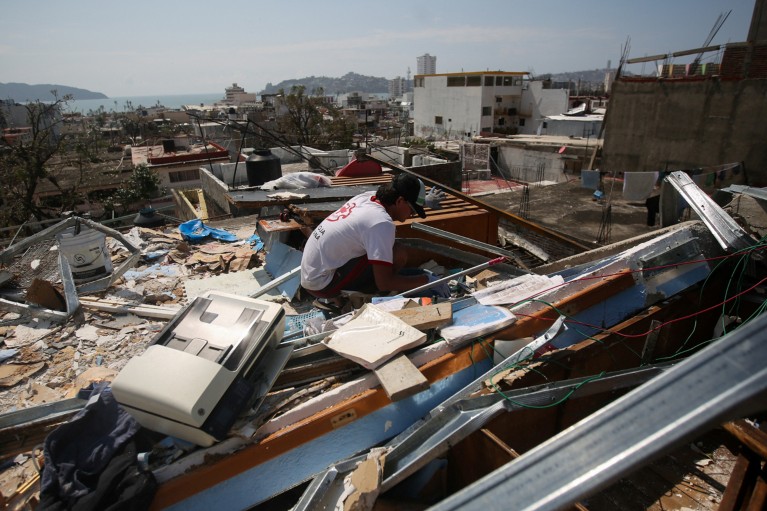
 Disaster early-warning systems are ‘doomed to fail’ — only collective action can plug the gaps
Disaster early-warning systems are ‘doomed to fail’ — only collective action can plug the gaps
 Flash floods: why are more of them devastating the world’s driest regions?
Flash floods: why are more of them devastating the world’s driest regions?
 With the arrival of El Niño, prepare for stronger marine heatwaves
With the arrival of El Niño, prepare for stronger marine heatwaves
 Meet the scientists planning for disasters
Meet the scientists planning for disasters
 Approaching 1.5 °C: how will we know we’ve reached this crucial warming mark?
Approaching 1.5 °C: how will we know we’ve reached this crucial warming mark?
 Indigenous youth must be at the forefront of climate diplomacy
Indigenous youth must be at the forefront of climate diplomacy





